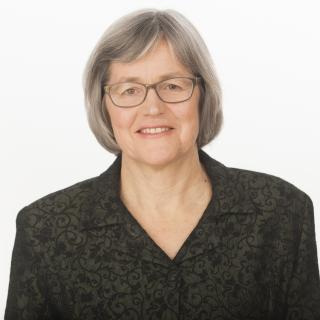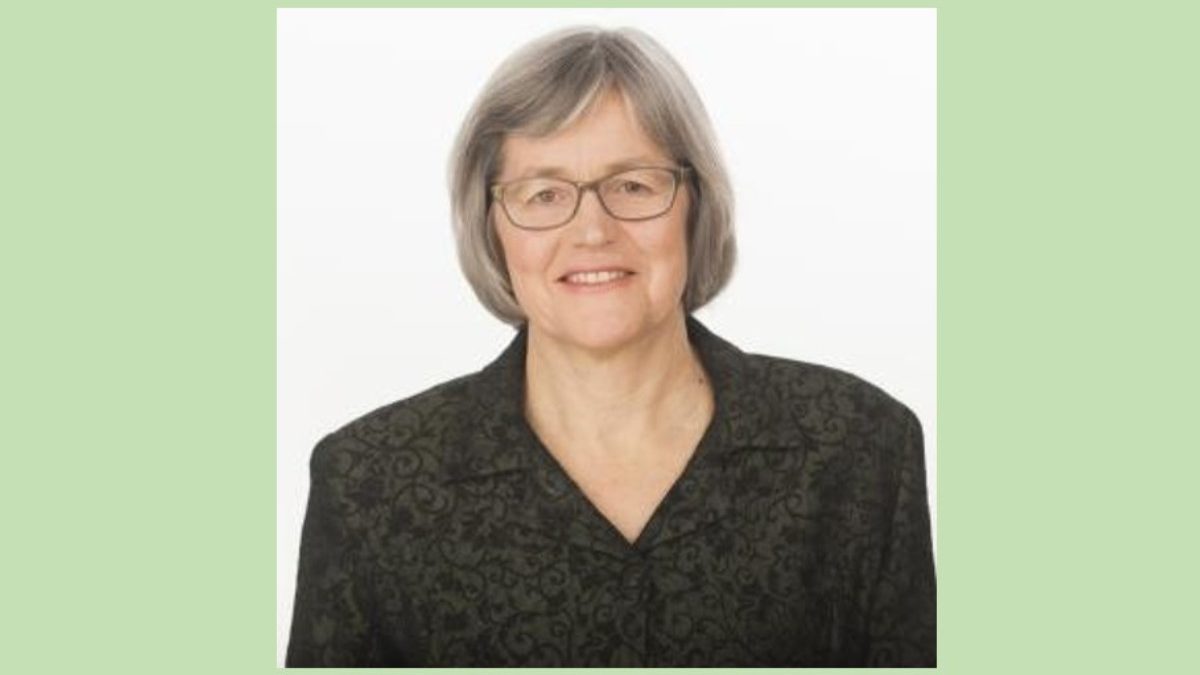The Associate Minister for the Environment Eugenie Sage was at Poihākena Marae, Raglan on Friday 30th to announce extra support for the marae-based Para Kore programme to expand into new regions as part of the Government’s plan to tackle New Zealand’s long term waste problem.
A grant of $528,000 from the Ministry for the Environment’s Waste Minimisation Fund (WMF) will help the marae-based Para Kore programme to expand to four new regions: Te Tai Tokerau (Northland), Wairoa, Maniapoto (Waikato/Waitomo) and Wairarapa.
“It’s great to mark ten years of the Para Kore flax-roots kaupapa, which has begun a revolution in how Māori communities minimise their waste,” Eugenie Sage said.
“Since its humble beginnings with volunteer pilot programmes running on three Waikato marae, Para Kore now has a vision for all marae to be working towards zero waste by 2025.”
Since 2008, Para Kore:
- has expanded to operate in almost 400 marae, kohanga reo, kura or other Māori community organisations throughout much of the North Island.
- has provided education, wānanga, events and training in waste management to more than a quarter of a million participants.
- has been responsible for more than 350 tonnes of waste being diverted from landfill.
- now employs 25, including 17 kaiārahi/regional waste advisors
- has received almost $1.5m from the Ministry for the Environment’s contestable Waste Minimisation Fund.
Eugenie Sage congratulated Para Kore for its outstanding leadership in community waste minimisation.
“Para Kore whānau are passionate and committed to achieving a zero waste Aotearoa by working together at their marae, the heart of their communities.
“And they do it through māturanga Māori, te reo me tikanga Māori – that is Māori knowledge and the Māori way of doing things.
“The Para Kore model has been so successful that there are now marae, kohanga and kura throughout the country on waiting lists to become part of the programme.
“The new funding round will add Te Tai Tokerau (Northland), Wairoa, Maniapoto and Wairarapa to Gisborne, East Coast, Rotorua, Tūwharetoa, Hawke’s Bay, Greater Wellington, and Manawatū/ Whanganui, where Para Kore programmes are already well established.
“There are many lessons to learn from Para Kore, not just in Te Ao Māori, but for all in Aotearoa who have a deep love for our land and want a sustainable future for our mokopuna.”

Eugenie Sage said she encouraged more Māori organisations with an interest in doing work in the waste minimisation space to apply for funding in the 2020 WMF round.
The Waste Minimisation Fund
The Waste Minimisation Fund (WMF) is funded through the waste disposal or landfill levy that was introduced under the Waste Minimisation Act 2008.
Fifty per cent of the money collected from the levy is distributed to councils to spend in accordance with their Waste Management and Minimisation Plans. The remainder (minus administration costs) is used for the WMF, which is managed by the Ministry for the Environment.
The purpose of the Act is to encourage waste minimisation and a decrease in waste disposal.
A list of projects that have been awarded WMF funding can be viewed on the Ministry for the Environment’s website www.mfe.govt.nz/more/funding/waste-minimisation-fund/projects-funded-date.
Para Kore
Para Kore is a not-for-profit Māori organisation (by Māori, for Māori) with charitable status. It is a zero waste organisation with a kaupapa based on whakapapa to Papatūānuku and is expressed through an experienced and skilled team who work regionally delivering the Para Kore programme to marae and Māori communities.

